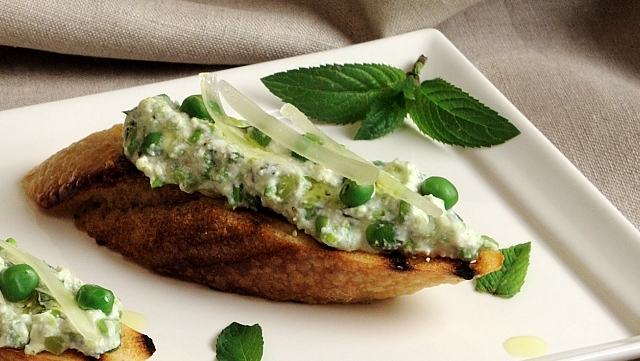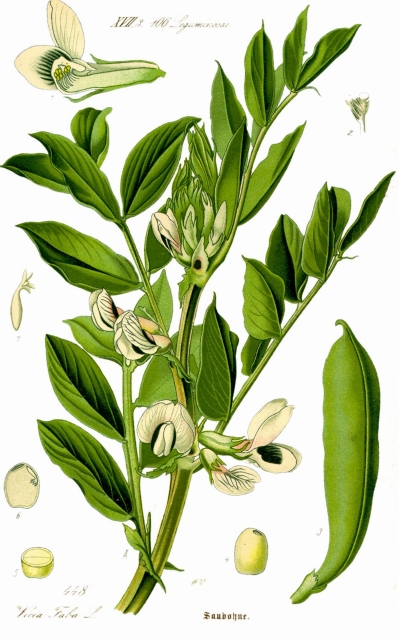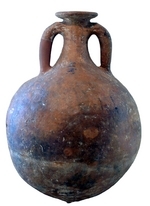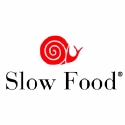More with Pace da Poggio Etrusco Extra Virgin Olive Oil
The baby vegetables are in the Farmer’s Markets. The herb garden is planted, and tiny peas in their pods have made an appearance. My mint plants are already giving forth, their new leaves packed with fresh flavor. Spring has arrived, and with it have come the fava beans.
Travails with Fave or Size Does Matter
Preparing fave (FAH-vay, plural of fava) is a labor or love, or so some people say. The preparation of this member of the Fabaceae (bean family) is a point of great contention among the cooking community and for a time, a source of plunging self-esteem for me. To peel or not to peel? That is the question. The Great Fava Bean Debate of 2013 rages on. For years I labored (or not, depending on one’s point of view) in blissful ignorance of the aforementioned debate, happily zipping open the fava pods, removing the tiny beans from their downy resting spots and eating them. For me there was no third step. You know the one, the part where you peel the beans.
In the garden or at the market I selected firm, bright green pods, free of marks or blemishes. Patient harvesting or careful shopping rewarded me with tiny beans, sweet and tender, about the size of my little fingernail. I never bothered with the larger beans, having always thought them better suited to the compost heap than a diner’s stomach.
However there came a point at which I realized that everyone, food writers and friends alike, even food writing friends, was talking about peeling the fave. A terrible unease set in, the kind of self-doubt in which I specialize. Could I possibly be so rustica, so out of touch with civilized culinary technique? It seemed that everyone peeled those little beans before consuming them, whether raw or cooked. Then one day just a few weeks ago I was rescued from the ignominy of bean preparation inadequacy by none other than food writer Nancy Harmon Jenkins. She came down on the side of not to peel. Despite some formidable opposition, chief among them Paula Wolfert, Nancy stuck to her guns. There is no need to peel, she declared. It is simply a matter of knowing how to pick fave, and you should pick them young. Thanks, Nancy. A girl needs her heroes. Read more… »
- Hi Pat, The tiny ones really are a different animal. They are sweeter, and are really don't need to be…
- I learned Italian cooking from my mother-in-law, who could take the simplest ingredients and make them taste amazing. The only…
- Spring, indeed. Enjoy!
- This says Spring in every delectable bite. I have some ricotta in the fridge.
- Thanks Karen. They just seemed like spring to me... all green and fresh.









